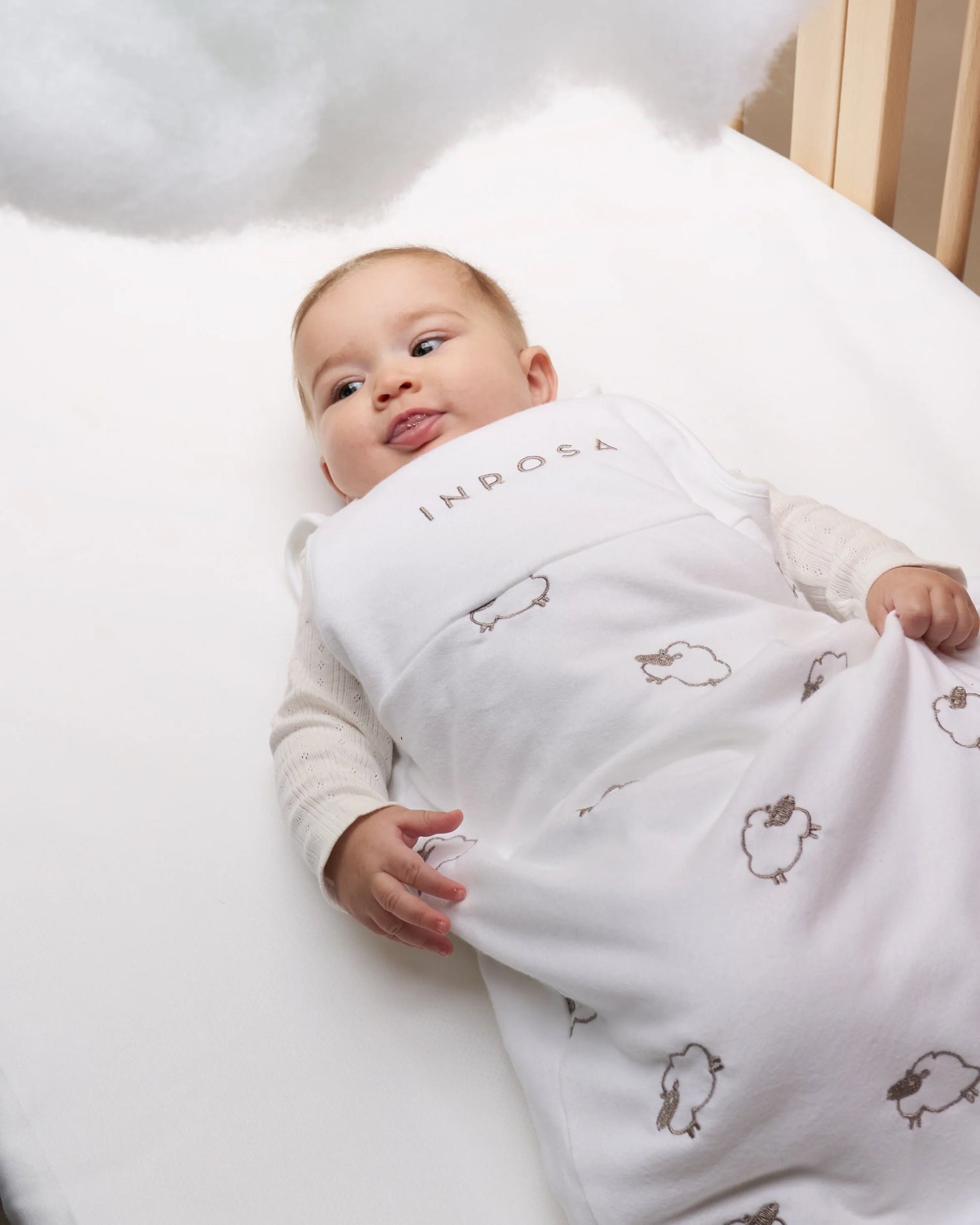Co-sleeping is an increasingly popular practice among modern parents, but it also has important safety concerns for the baby. In this guide, we will explore what it means to co-sleep, the benefits, the risks and how to do it safely to ensure a peaceful sleep for both parents and newborn.
What is co-sleeping?
Co-sleeping refers to the practice of sleeping next to your baby at night. There are several forms of co-sleeping:
The American Academy of Pediatrics (AAP) recommends room-sharing for at least the first six months of a baby's life, but advises against bed-sharing due to the risks of SIDS (Sudden Infant Death Syndrome).
The Benefits of Co-Sleeping
Co-sleeping has several benefits for both parents and baby:
The risks of co-sleeping
Despite the benefits, co-sleeping does carry some risks, especially when bed-sharing is practiced. The main risks include:
How to co-sleep safely?
If you choose to co-sleep, here are some practical tips to ensure your baby's safety:
- Choose room-sharing, not bed-sharing
Room-sharing is the safest way to co-sleeping. You can place a crib or co-sleeping bed next to your bed, so your baby is close to you but on a separate, safe surface.
2. Use a co-sleeping crib
A co-sleeping crib is designed to be attached to the parents’ side of the bed, allowing the baby to sleep in a separate but easily accessible space. Make sure the crib meets European safety standards and provides good air circulation.
3. Keep the bed free of soft objects
If you decide to bed-share, definitely avoid blankets, pillows, stuffed animals or other soft objects that could increase the risk of suffocation.
4. Avoid co-sleeping on sofas or armchairs
Co-sleeping on soft surfaces such as sofas or armchairs is extremely dangerous. These environments increase the risk of accidental suffocation or falls of the child.
5. Do not smoke or consume alcohol
Parental smoking and alcohol consumption significantly increase the risk of SIDS. If you are co-sleeping, it is essential to maintain a smoke-free environment and limit your intake of alcohol or medications that may impair your alertness.
6. Adjust the room temperature
The ideal temperature of the room where the baby sleeps should be between 18 and 20 degrees. Avoid covering the baby too much and check that he does not sweat excessively during the night.
-
Place the bed in the center of the room
It is important that the bed is not close to the wall to avoid your child getting stuck between the wall and the bed.
8. Always and only place the baby near the mother
And you, dear mother, position yourself on your side, with your legs bent and place your lower arm above your baby's head and your lower arm on his legs. Your baby must be positioned supine and never prone.
In any case, dear parents, I do not feel like advising you to practice co-sleeping. However, if you decide to practice it, I ask you to be careful.
When to avoid co-sleeping?
There are situations in which it is better to avoid co-sleeping, particularly bed-sharing:
- If the parent is very tired or takes medications that can reduce awareness during sleep.
- If the baby is born prematurely or has a low birth weight, as these factors increase the risk of SIDS.
- If one of the parents is a smoker or consumes alcohol.
Conclusion
Room-sharing is the most recommended method to ensure safe sleep for the baby, while bed-sharing should be avoided unless strict safety measures are followed, which however do not guarantee 100% safety.
Following the American Academy of Pediatrics guidelines and ensuring a safe environment can help ensure a peaceful and safe sleep for the whole family.
Federica Ballarin, Sleep Consultant Team in Rosa




